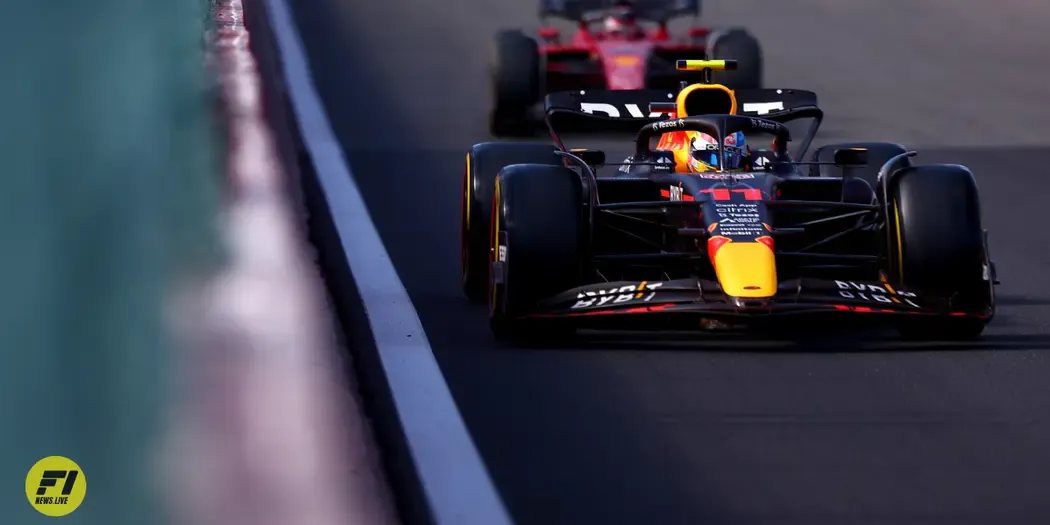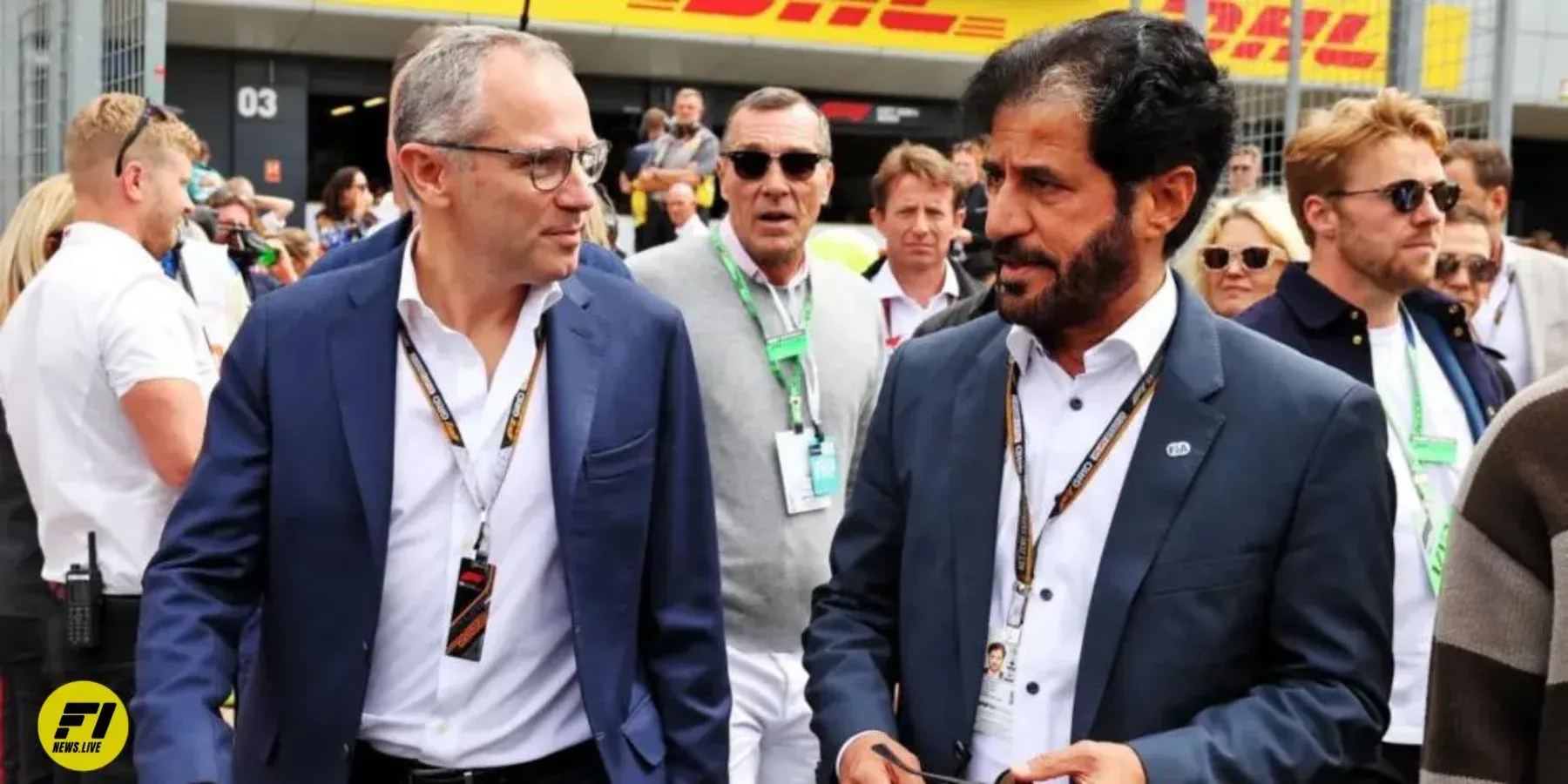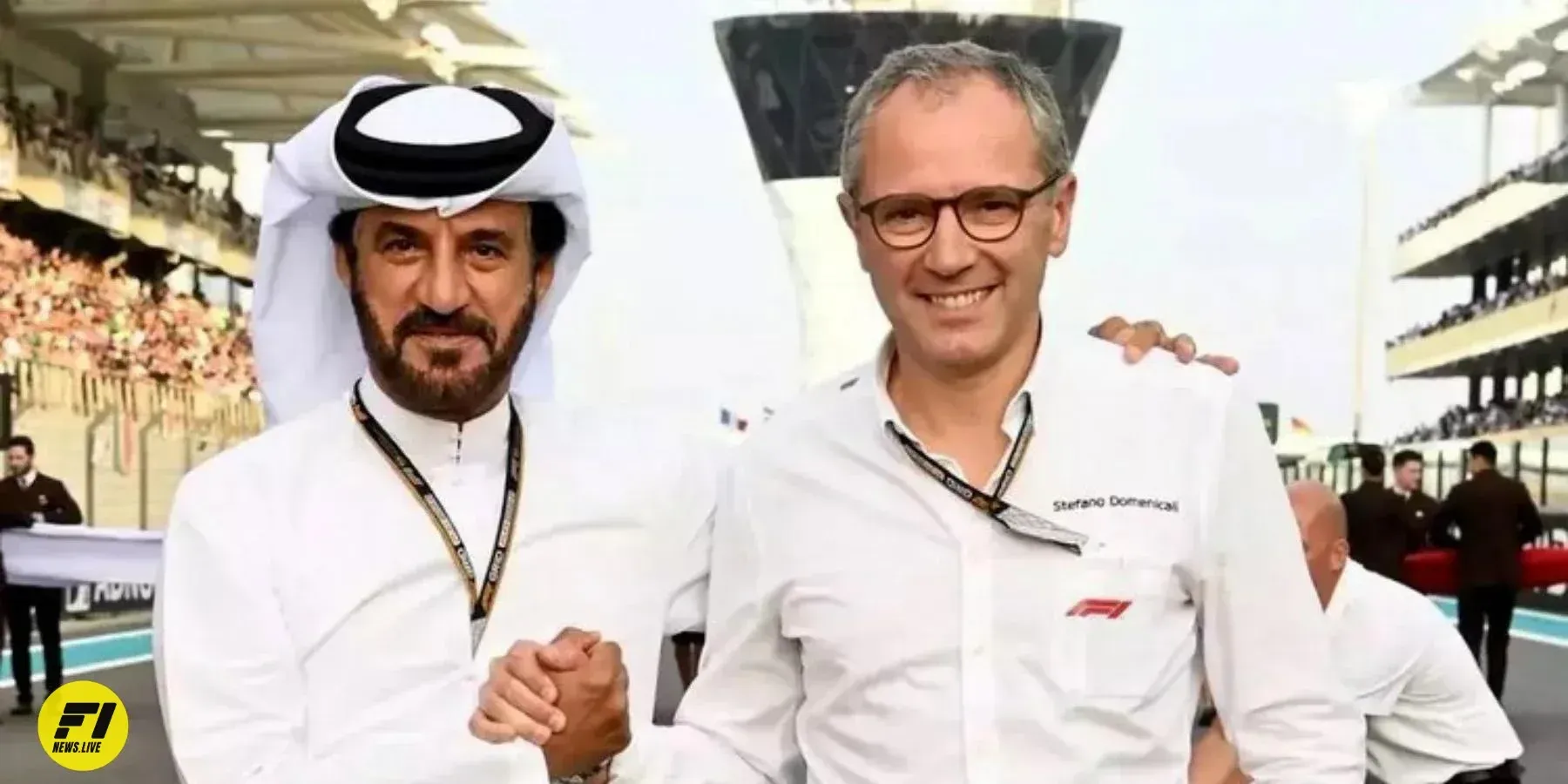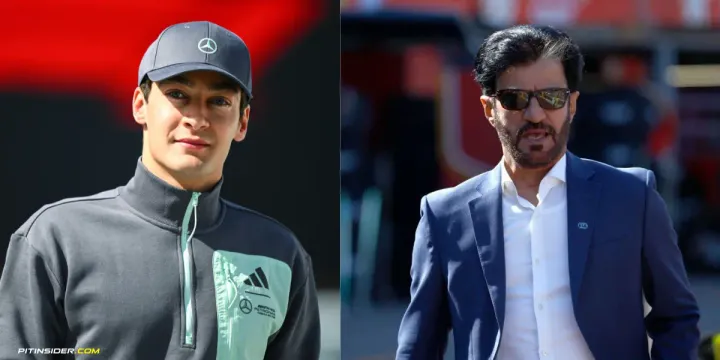The FIA targets 50 kg lighter cars for F1's 2026 rules changes
The FIA targets a 50kg weight reduction and more efficient aerodynamics for Formula 1's 2026 rules changes, with the aim of creating shorter, narrower cars that remain quick in a straight line but shed cornering speed.

Formula 1 is set for a major shake-up in 2026, with the FIA targeting a 50kg weight reduction and more efficient aerodynamics as part of the next generation of car regulations.
The aim is to create shorter, narrower single-seaters that remain quick in a straight line but shed cornering speed through reduced aerodynamic forces.
According to the FIA's Head of Single-Seater Racing Nikolas Tombazis, extensive simulations have already taken place to shape the 2026 rules package.
A key focus has been ensuring the new formula allows for closer racing and on-track overtaking opportunities.

Downsizing the dimensions
With narrower wheels and changes to the rear wing planned, F1 cars are expected to shrink in size all round.
Tombazis stated the 50kg weight saving would also contribute to "smaller single-seater cars" compared to the current generation.
Reducing drag will be crucial for achieving faster straight-line speeds to offset the lower cornering speeds.
This is where active aerodynamic elements and revised bodywork come in.
Updated Hybrid Technology
To boost power unit performance, energy recovery systems will be expanded under the 2026 regulations.
Tombazis highlighted this as essential to maintain current lap times, despite the reduction in aerodynamic downforce.
Energy deployment strategies will therefore take on even greater importance in managing race pace and overtaking.
The FIA has focused closely on optimising these parameters through simulations.

Allaying early concerns
Initial concerns were raised about 2026 cars being impossible to race wheel-to-wheel, with talk of drivers changing gear mid-straight to harvest energy.
Tombazis suggested these fears were based on outdated information, with engine and chassis now evolving in unison.
Extensive modelling has yielded promising developments to achieve the target goals.
Nonetheless, some uncertainty remains around the fine details of the 2026 package.
With the rules still being drafted, teams await further insights into exactly how F1's next era will take shape.
The overarching aims are clear: continued high performance paired with improved wheel-to-wheel racing.
By the time 2026 arrives, fans hope to see the fruits of the FIA's simulations realised on track through a thrilling new generation of F1 cars.





Comments ()